How quickly the summer is flying by!
Last week was our first carrot harvest of the season. Besides being incredibly delicious, it also marked the first vegetable that I have cared for from seed to harvest (over 3 months), which was a powerful feeling that gave me pause as I dug in deeper with the pitchfork.
![FullSizeRender [51490]](https://paintedturtlefarm.files.wordpress.com/2016/07/fullsizerender-51490.jpg?w=225&h=300)
Our five legged carrot friend.
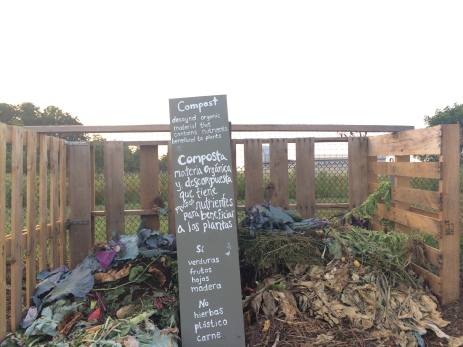
Compost project- Bin and sign finally complete!
It is also easy to get caught up in the news of yet another black life taken or a terrorist attack and feel helpless and frustrated. While farming less than an acre of vegetables may not make a dent in the problems of today’s world, it provides a jumping off point for a dialogue about food justice that can be linked to deeper discussions of racism, classism, and other injustices.
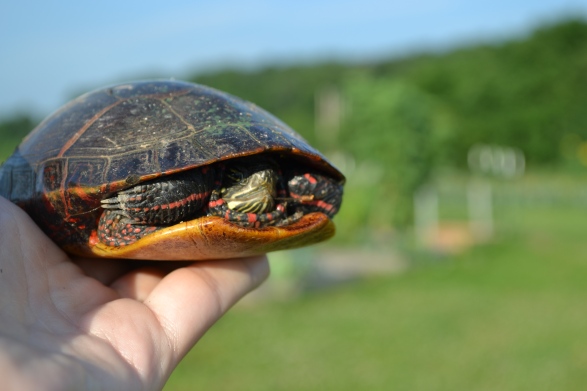
Found a namesake turtle at the farm!
In addition to the joy that comes with finding a perfectly ripe tomato or a sunflower that hits the light just right, Monday nights with the families are a great way to keep the goals of the farm in perspective.
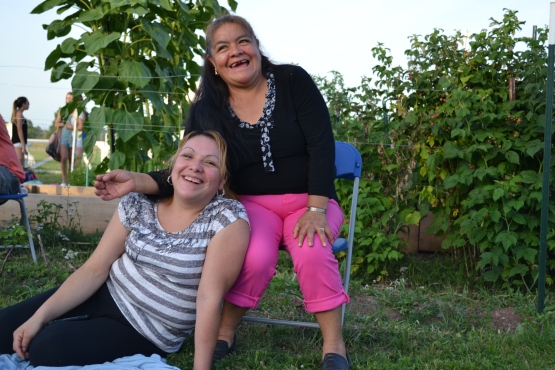
Families are always finding new and fun ways to photograph, eat, and enjoy the vegetables, from swiss chard and jalapeno tamales to basil tea!
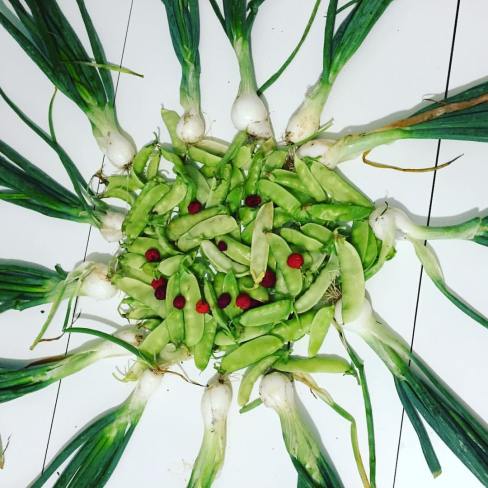
Great photo by one of our farmers Liliana! /Hermosa foto por Liliana!
Also, our raspberry bush has been blooming for the past couple of weeks, which has led to red stained hands and lips of children and adults alike.
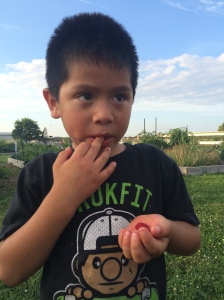
Our summer garden is definitely in full bloom, with beets, zinnias, tomatoes, summer squash, and peppers- we just can’t get enough! Be sure to stop by and take in all the natural beauty 🙂
At the Painted Turtle Farm seeking food justice is just one way we strive for a more just world– how will you?
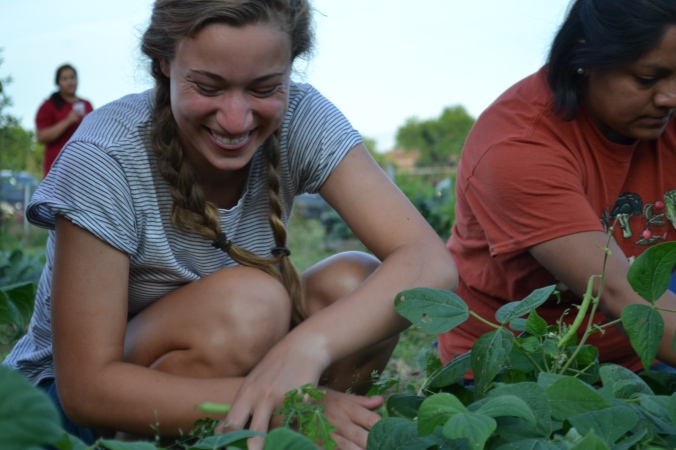









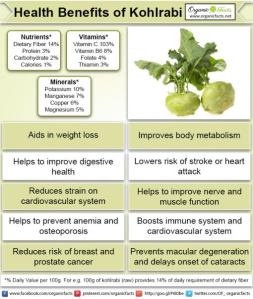
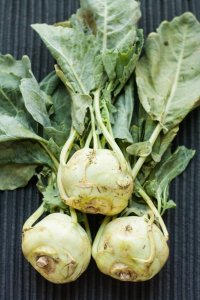
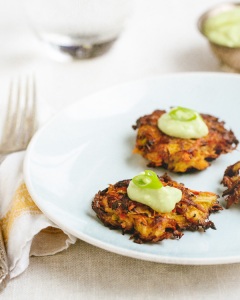
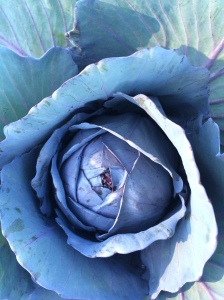
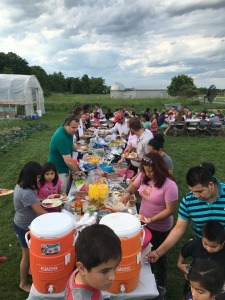
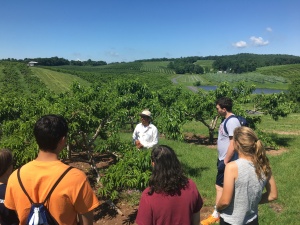
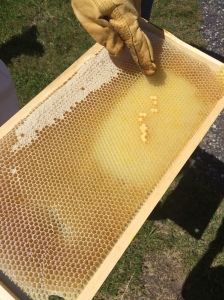
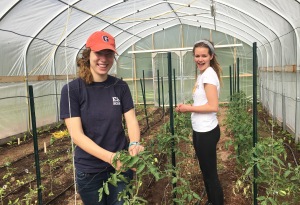
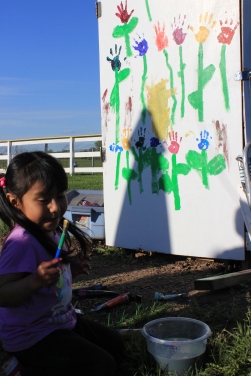

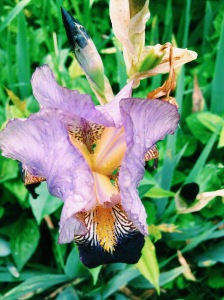
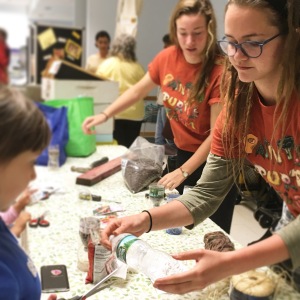
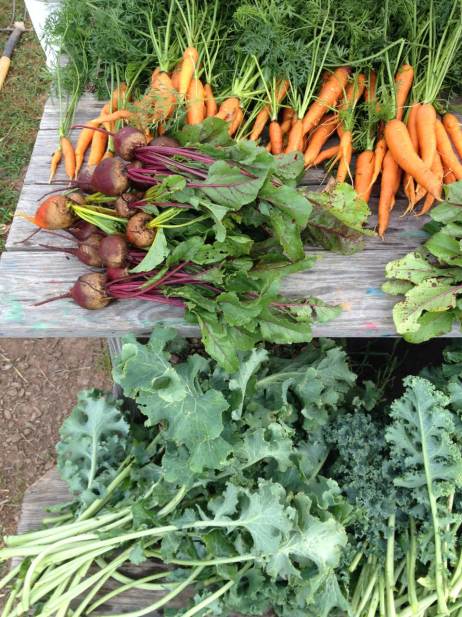
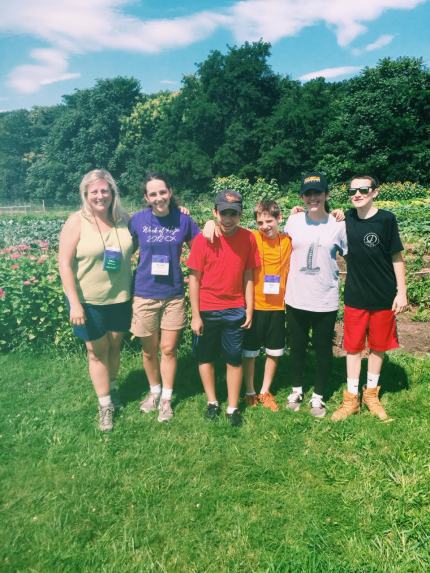 We had an enthusiastic team of 8th and 9th graders join us at the farm last week to help with our daily chores and preparing the farm for the fall. We weeded, watered, painted and repaired the fence, dried basil as a seasoning, and made raised herb beds for an herb garden. The kids especially enjoyed using the power tools and painting! While we worked I spoke with our visitors about food justice and the importance of healthy, nutritious food in Adam’s County. The children were not surprised that there is a great need for food assistance in Adam’s County because they have been helping with the other assistance programs in the area, such as the homeless shelter. I was impressed by how mature the children were- especially while discussing serious issues. We were grateful for their help and we also had a lot of fun!
We had an enthusiastic team of 8th and 9th graders join us at the farm last week to help with our daily chores and preparing the farm for the fall. We weeded, watered, painted and repaired the fence, dried basil as a seasoning, and made raised herb beds for an herb garden. The kids especially enjoyed using the power tools and painting! While we worked I spoke with our visitors about food justice and the importance of healthy, nutritious food in Adam’s County. The children were not surprised that there is a great need for food assistance in Adam’s County because they have been helping with the other assistance programs in the area, such as the homeless shelter. I was impressed by how mature the children were- especially while discussing serious issues. We were grateful for their help and we also had a lot of fun!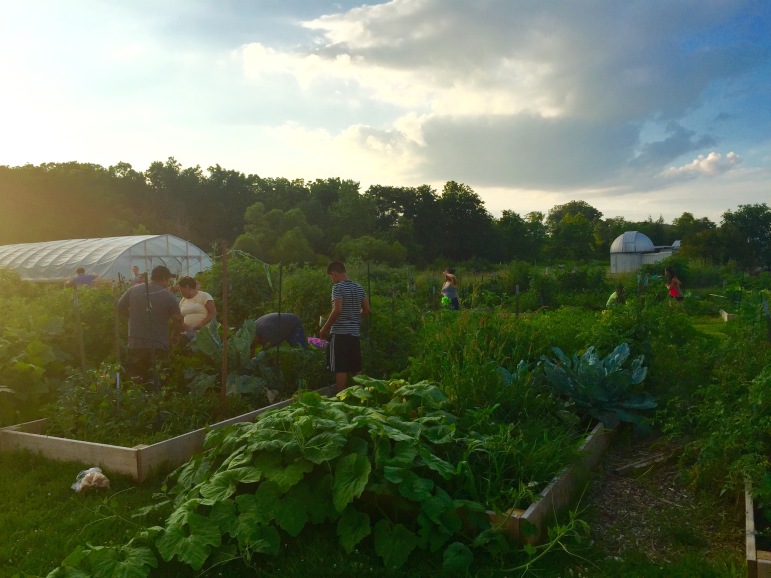 This past week has been very difficult because of the passing of one of our beloved community members. Through this difficult time it the farm has been particularly important as a haven for community support and love. The children have been particularly special to the farm. Their bright spirits light up the farm in the evening. Death is such a difficult thing for a community to shoulder and it leaves so many reeling from the shock. At this time our need for each other is the highest and we recognize how important it is that we have relationships with those around us. Although I have not been personally experiencing grief, people who I care about very much have been. My heart aches for them and I almost do not know what to do. At the farm I know my role is to be there- to be dependable, to help where I am needed, and to fill in some of the cracks where pieces are missing. I once read that the most important thing to do for someone who is grieving is just to be there for them. That is what I can offer. That is what the farm can offer. The farm is a place where memories will live on and a place that will be there when people need somewhere to go. I thank my lucky stars that the farm can provide that for people. It was built out of love and continues to be a place of support.
This past week has been very difficult because of the passing of one of our beloved community members. Through this difficult time it the farm has been particularly important as a haven for community support and love. The children have been particularly special to the farm. Their bright spirits light up the farm in the evening. Death is such a difficult thing for a community to shoulder and it leaves so many reeling from the shock. At this time our need for each other is the highest and we recognize how important it is that we have relationships with those around us. Although I have not been personally experiencing grief, people who I care about very much have been. My heart aches for them and I almost do not know what to do. At the farm I know my role is to be there- to be dependable, to help where I am needed, and to fill in some of the cracks where pieces are missing. I once read that the most important thing to do for someone who is grieving is just to be there for them. That is what I can offer. That is what the farm can offer. The farm is a place where memories will live on and a place that will be there when people need somewhere to go. I thank my lucky stars that the farm can provide that for people. It was built out of love and continues to be a place of support.